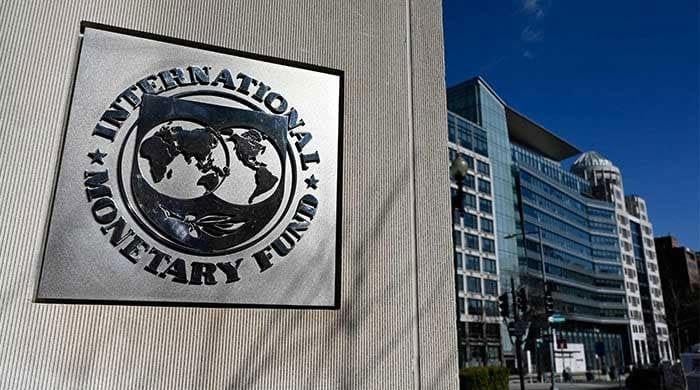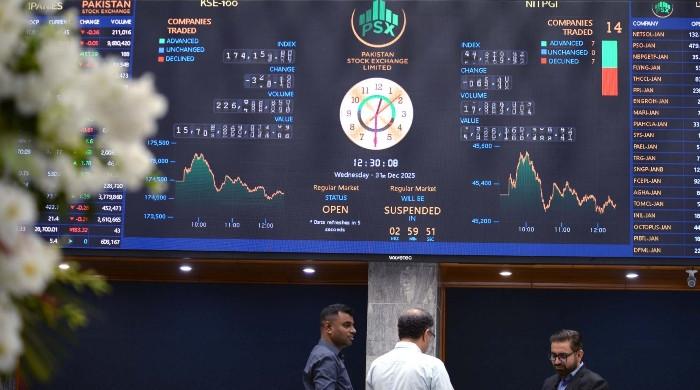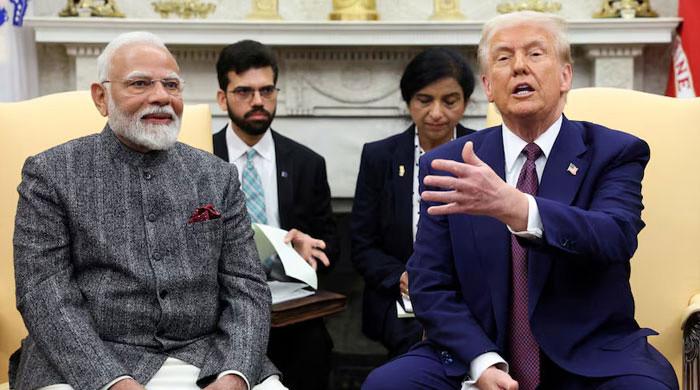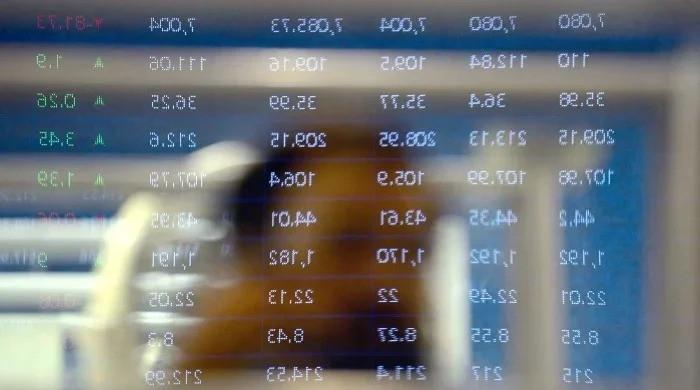Pakistan's remittances drop by 19% to $2bn in July
Remittance inflows have also witnessed a reduction of 7.3% on a month-on-month basis
August 11, 2023
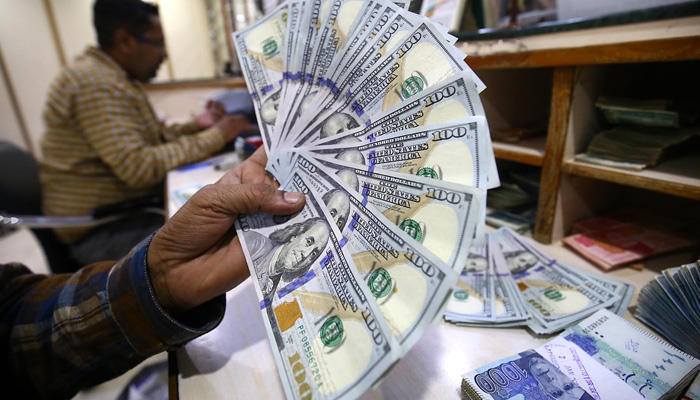
- Inflows witnessed reduction of 7.3% on a month-on-month basis.
- Pakistan received $2.2 billion in remittances in July.
- KSA, UAE, UK, USA among countries remittances were sourced.
KARACHI: Remittances to Pakistan have dropped by 19.3% year-on-year to $2 billion in the first month of the current fiscal year, according to data released by the central bank on Thursday.
Meanwhile, the remittance inflows have also witnessed a reduction of 7.3% on a month-on-month basis, The News reported. The country, in July, received $2.2 billion in remittances from Pakistanis living abroad.
Last month, the remittance inflow was mainly sourced from Saudi Arabia ($486.7 million), United Arab Emirates ($315.1 million), the United Kingdom ($305.7 million), and the United States of America ($238.1 million), respectively.
Analysts said they expected a decline in remittances in July, while was likely to see more inflow following Eid ul Adha in June, as Pakistani expatriates sent more cash home to buy sacrificial animals.
Additionally, it appears that remittance inflows were switched to the grey market because the exchange rate for dollars there was better.
“In my view as this was the month after Eid ul Adha, therefore flows were dry. Some Pakistanis are using unofficial channels for the transfer of money,” said Samiullah Tariq, the head of research at Pak-Kuwait Investment Company.
“Persistent devaluation is discouraging investment by overseas Pakistanis,” Tariq added.
The release of the remittances statistics came after the International Monetary Fund (IMF) last month approved a new $3 billion bailout for the faltering economy of the nation, which was dangerously near to defaulting on its debt.
The governor of the State Bank of Pakistan, Jameel Ahmad, at the monetary policy briefing last month said that the SBP is making sure it will abide by the requirement that the average difference between the interbank and open market exchange rate does not exceed 1.25%, as well as any other conditions outlined in the agreement with the IMF.
“The level to which the remittances have dropped is worrisome. There is certainly an element of grey channels offering higher rates,” said Fahad Rauf, the head of research at Ismail Iqbal Securities.
“SBP has also proposed certain changes in incentive schemes to attract more remittances like increasing the reimbursement rate to Saudi Riyal 30/$100 which is a 50% increase,” Rauf said, He believes the SBP's efforts and the narrow gap between the official US dollar rate and grey channels would be critical in determining remittances trajectory.
The SBP, in its latest monetary policy statement, expects the current account deficit to be in the range of 0.5 to 1.5% of gross domestic product in fiscal year 2024. This assessment takes into account the impact of evolving domestic and global economic conditions.
The SBP expects that the current outlook for global commodity prices along with moderate domestic economic recovery will keep the imports range-bound.
“On the financing side, the prospects of multilateral and bilateral inflows have considerably improved after the IMF stand-by arrangement,” it said.
“This is important in the context of building external buffers and meeting near-term external financing needs. Further, the market-determined exchange rate will continue to serve as the first line of defence against external shocks and support reserve build-up,” it added.




